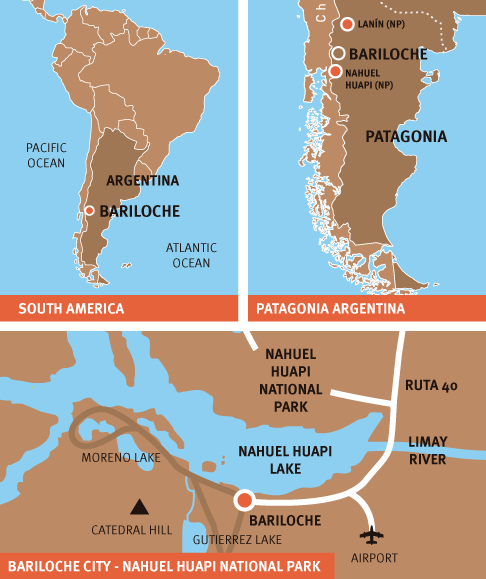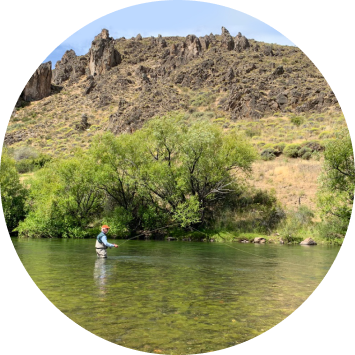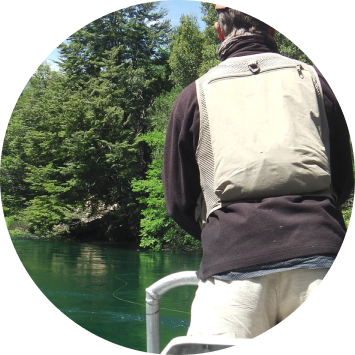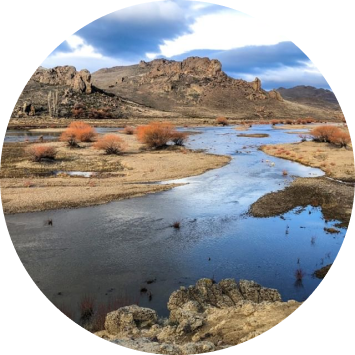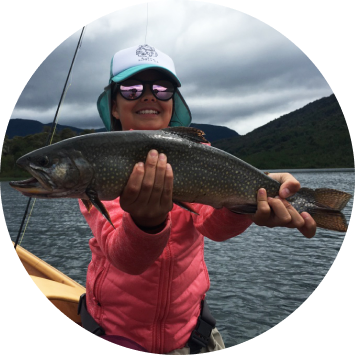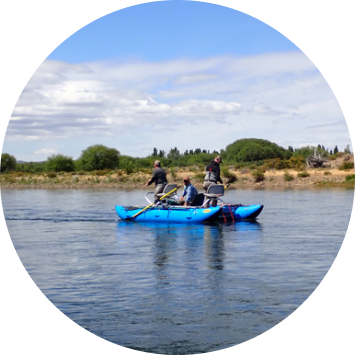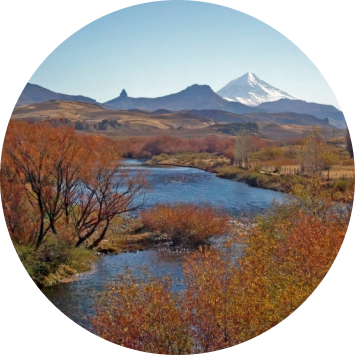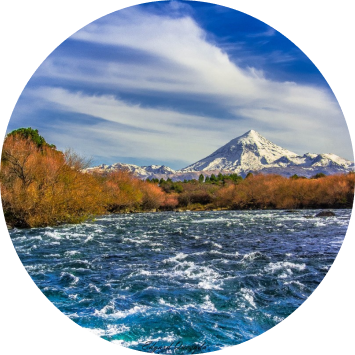The best wildest Rivers
Explore Patagonia Argentina
15 YEARS GUIDING IN PATAGONIA

Massive Trout Fly Fishing is located in Bariloche, Patagonia, Argentina. A unique place worldwide recognized by flyfishermen not only for the fishing itself but also for the beauty of its rivers, lakes and landscapes. For more than 120 years, this region has provided to all the different trout species a fabulous place for their growth and reproduction because of its great number of lakes, rivers and also its water quality.
MTFF was born in 2009 based on three main pillars: quality, security and professionalism to provide professional and amateur flyfishermen a guiding service of excellence. All of this makes Mtff one of the best outfitters of the region.
Paradise on earth
The best option in Argentina - Patagonia - Bariloche, operating in 2 National Parks. Nahuel Huapi National Park and Lanin National Park. More than 8 rivers and 6 lakes, thousands of miles of water and the wildest trout on the planet.
Where is located?
SOUTH AMERICA - PATAGONIA ARGENTINA - SAN CARLOS DE BARILOCHE

